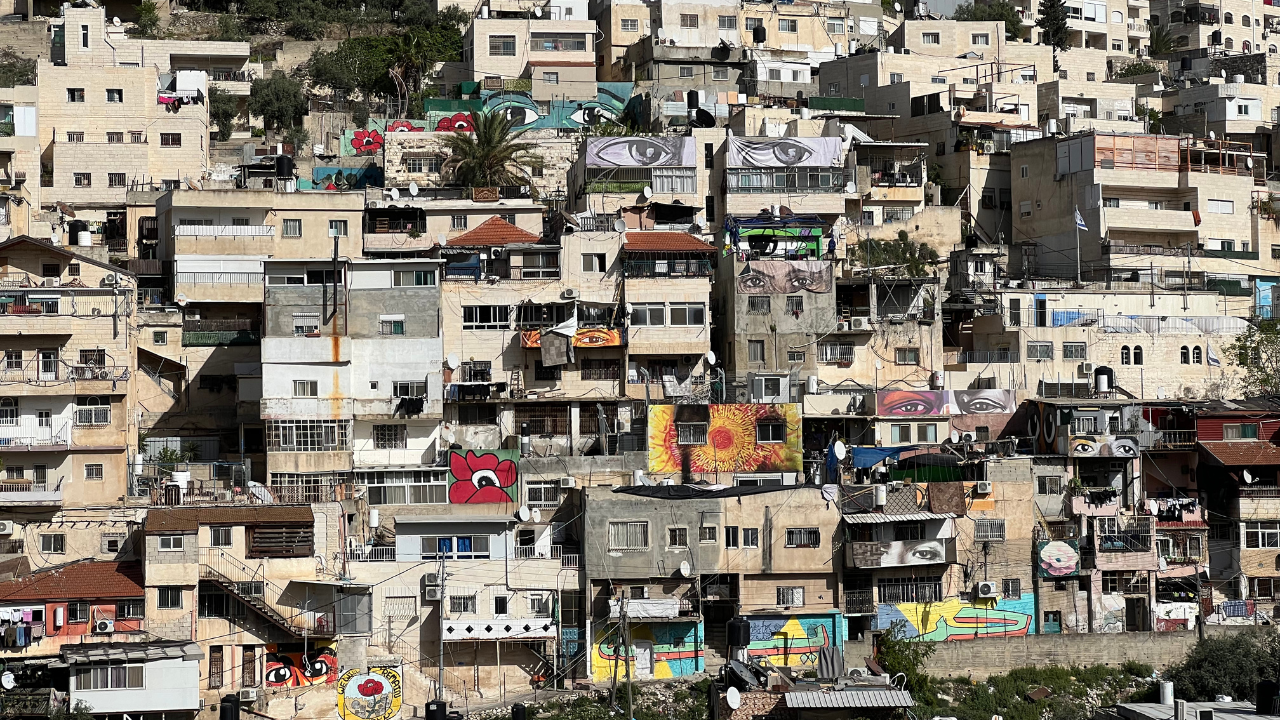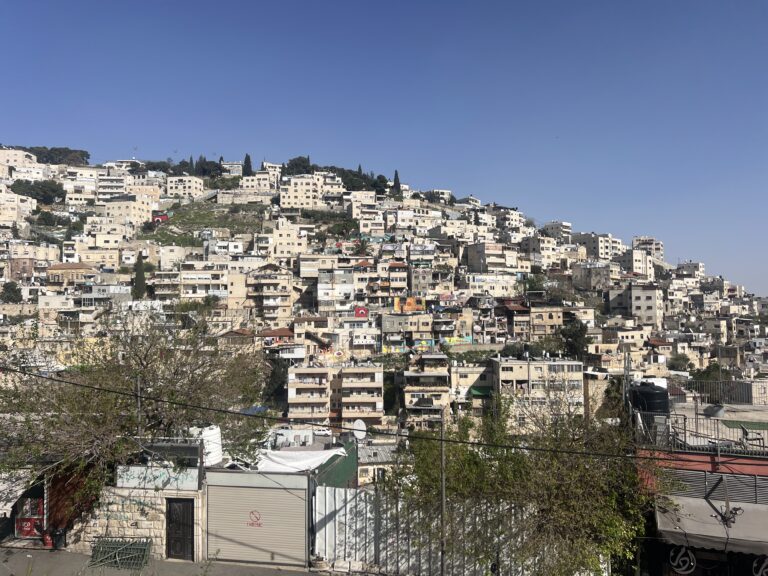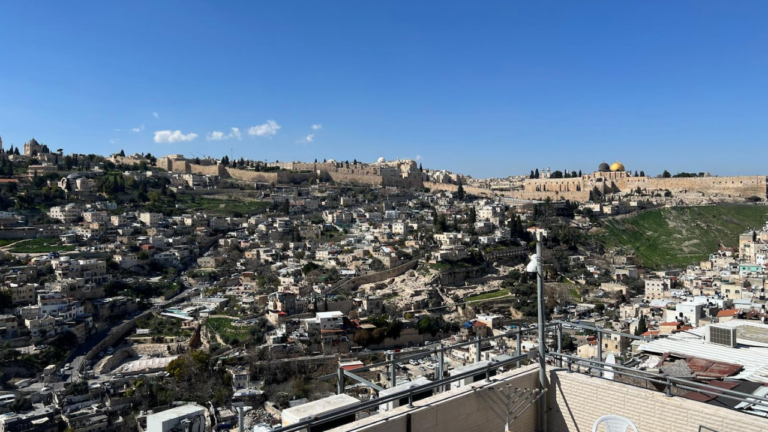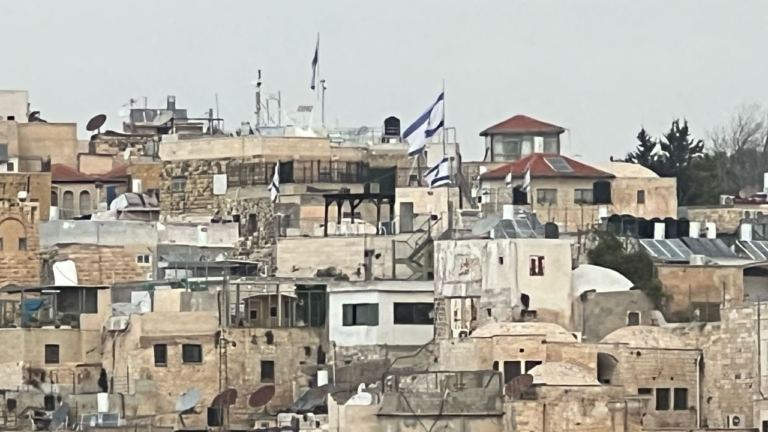Slaying the Lion on a Winter’s Day
As we begin reading the extensive discussions of the sacrificial order in Sefer Vayikra, the collective, inaudible groan from the synagogue pews rings in my ears. Vayikra’s detailed descriptions of korbanot and the kohanim seem to bore many a modern Jew. Rav Soloveitchik tz’l beautifully bemoaned the Book of Vayikra’s “lack of mazel.” Throughout history, the sacrifices have been mocked by their opponents and grossly misunderstood by their proponents.
But the cynicism towards Vayikra cuts deeper than initially meets the eye. In a derasha delivered in 1955, the Rav noted that all aggressive philosophical and theological attacks on Judaism begin with Vayikra and the Beit HaMikdash in Jerusalem. The Syrian Greeks “breached the walls” of the Mikdash, trying to reformulate Jerusalem into a idyllic Greek metropolis. The early Christians derided the sacrificial service with venom and gleefully rejoiced in Jerusalem’s destruction. Many years later, when the Reformed movement sought to replace “antiquated” Jewish practice with a new Judaism, references to Jerusalem and the korbanot were naturally expunged from the siddur. (If I may add to the beautiful words of the Rav, the fact that our enemies always begin their vicious pursuits with attacks on Kodshim and Jerusalem reflects a unique spiritual dimension to Vayikra; this uniqueness is an expression the Jewish People’s greatness, thereby making it their preferred initial target.)
In a rich divine irony, the obsession with disconnecting the Jewish people from the korbanot in Jerusalem only encouraged “more loyalty toward Torat Kohanim (aka, Vayikra)-more loyalty than toward other books.” Uniquely, the Amoraim composed tractates of Gemara to Seder Kodshim (the order of Mishnayot that describes the laws of sacrifices), despite the lack of practical halachik application nowadays. Rashi and the Ba’alei HaTosafot composed commentaries on Seder Kodshim that are extensive and brilliant.
The Gemara Berachot (18a-b) describes the greatness of Benayahu ben Yehoyada, the loyal servant of David and Shlomo. The verse (Shmuel 2, 23:20) describes his prowess: “he struck down the two commanders of Moab and he went down and slew a lion in a pit on a snowy day.” The Gemara homiletically explains that this verse is a reference to Benayahu’s great prowess in the oral Torah. He was so great that he was capable of “slaying the lion”, a reference to completing the exceedingly difficult ספרא דבי רב (halachik midrashic work on Vayikra) even on a shortened winter’s day.
The Rav homiletically explained that the greatest testament to Benayahu’s stature was his ability to delve into this unique area of Torah even as the other nations mocked and derided its value. Benayahu’s path was followed by the great talmidei chachamim of our mesorah who continued to delve deeply into the waters of seder Kodshim even long after the destruction of Jerusalem. The derision of the outside world increased tenfold, and yet their loyalty to Vayikra and their passion for “slaying the lion” of Sifra d’Bei Rav only became
more powerful. They “hoped and waited for the messiah and studied the Sifra d’Bei Rav, representing the Jewish faith in the future…”
“And when did they do all of that? On a winter’s day-on a dark, cloudy, rainy day, when Jewish hopes had worn thin and appeared entirely paradoxical, patently absurd, completely unrealistic…when the whole of historical reality mocked and scoffed at…the Sifra d’Bei Rav, at the concept of yearning for a land, awaiting a messiah, and hoping for a Temple that people believed could not possibly come…”
As Klal Yisrael again traverses a period of cold darkness, our tenacious loyalty to Kodshim and our yearning to see and experience the avodat hakorbanot in Jerusalem should only increase tenfold. This year, let us enthusiastically immerse ourselves in the waters of Vayikra and slay the lion; yehi ratzon that Hashem respond to our eager devotion with the destruction of our enemies and the speedy restoration of Yerushalayim.



